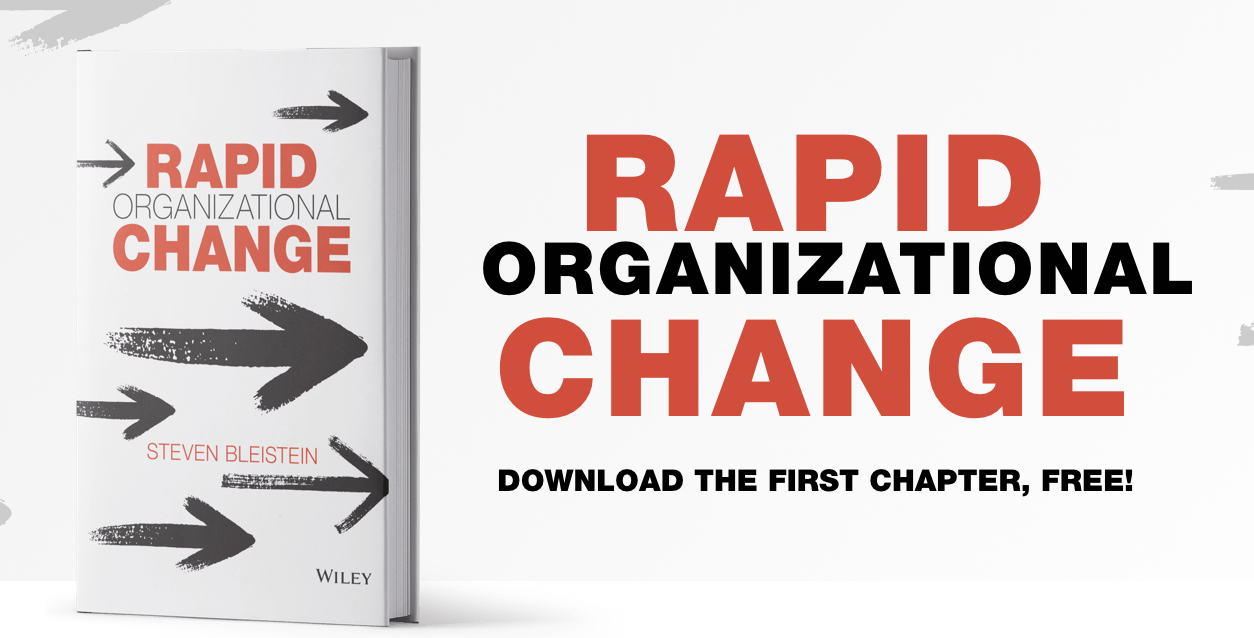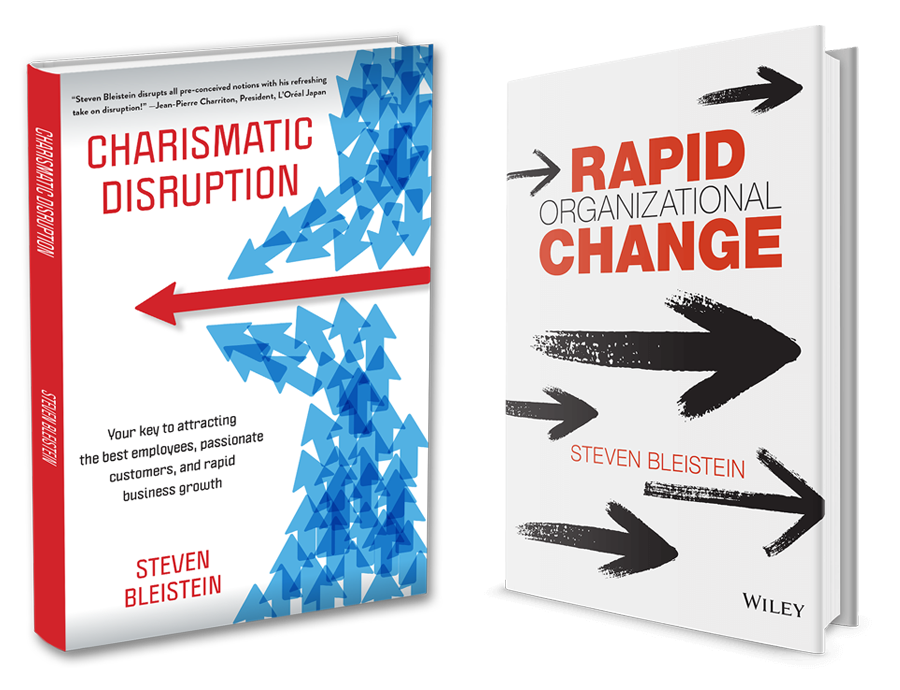No one has a five-year strategy, or even a three-year strategy much less a twenty-year strategic plan.
How much do you think Blackberry’s five-year strategy meant the day that Apple announced the iPhone? Business conditions are too unpredictable for most strategic plans to mean anything even beyond six months, and even that might be too long.
No strategy means much without a statement of the assumptions upon which it is based. The strategy for a telecommunications provider must be based on assumptions about technologies, alternatives for communications, business needs, consumer behaviors, and others, any of which is unlikely to be valid five years from now or even sooner. So when a manager says he or she has a “three-year strategy,” assuming he or she is, in fact, referring to a strategy as opposed to a laundry list of actions over the next three years, he or she typically means the strategy is based on significant assumptions about the business environment as far as three years out. Should any of those assumptions fail to bear out, the strategic plan will no longer be valid. The chances of any significant business assumption being wrong increases dramatically the further into the future it extends.
I rarely see a statement of assumptions in strategy documents, and often get blank looks when I ask about them. Instead, I see a cursory justification of why the strategy is right and a list of tactics. However, it is not the justification of why a strategy is right, but rather a description of all the reasons the strategy might be wrong that counts. A robust strategy is one that is candid about the assumptions upon which it is based, and articulates contingent actions should any one of them turn out to be wrong.
The strategy of a consumer insurance company might be based on an assumption of a continued market dominance of incumbent competitors, but what if a behemoth like Google decided to enter and disrupt the insurance industry? What is the contingency plan? Google might never get into the insurance business, but it is certainly not unthinkable if they did, given their massive data capability and cash reserves. It is reasonable to assume that someone at Google has at least considered this.
Strategy is about creating, not divining the future for the business. Yet despite this, I regularly see managers bring reams of data along with them to strategy development sessions, from which they attempt to predict the future from past numbers, as if reading tea leaves. Time would be better spent considering what could happen that we have never seen before, how will we deal with it if it happens, and how will we monitor the environment to know as early as possible if such a risk is emerging.
If you have a five-year strategy, or one ostensibly for any period of time, have a look at it with your executive team. Click To TweetIs it really a five-year strategy, or rather a five-year action plan?
Whether assumptions are explicit or not, ask about the assumptions upon which the strategy is based. What if they turn out to be wrong, what should you do? Who is monitoring these assumptions and how, if anyone at all? Who sounds the alarm when an assumption turns out to be wrong?
The most fragile strategies are ones that evangelize the right path forward. It’s the strategies that are candid about all the reasons the chosen path forward might be wrong that are the most robust. Any manager can execute a list of planned actions on a roadmap. It is only the best managers who are able to keep the business on track when what you thought was on the road ahead turns out to be something else.
Have you ever witnessed a business where that is never the case? I haven’t.
I have identified five common characteristics of robust strategy among my most successful clients.
If you would like to know what these are and where your business stands, send me an email, and I will send you a free PDF.



